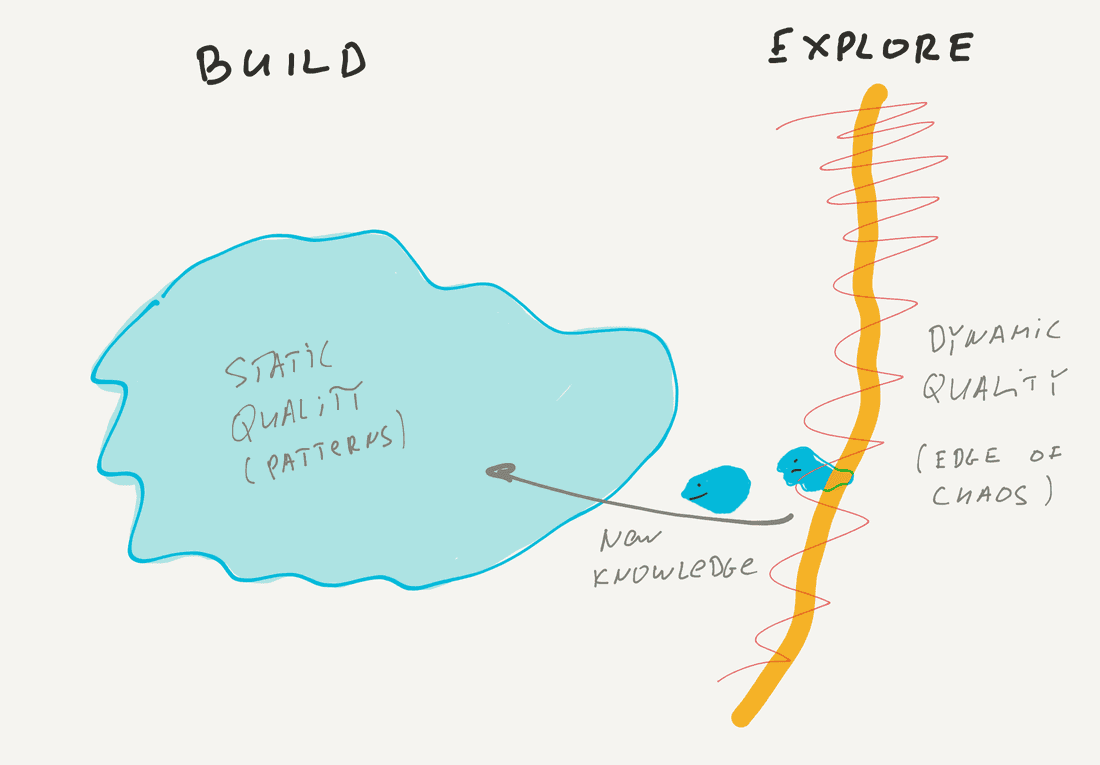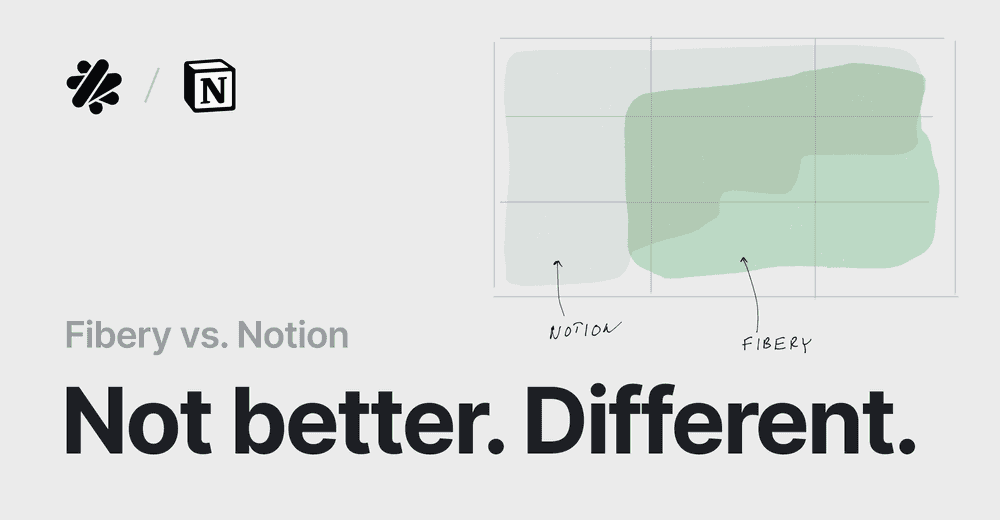🍀 'Green Grass' Products [3/100]
I’m writing 100 posts about product development and product management. For this challenge I take weekly cadence, so you can expect a new post every week (or less). This is post #3.
Robert M. Pirsig was a genius. Both his books are cool, but I like Lila more. It’s better developed and explains his ideas in a holistic way. Today I want to apply his dynamic and static quality concepts to the new product development.
Dynamic and Static quality
Dynamic quality is the “edge of chaos”, the edge of the explored reality. It’s almost impossible to define and formalize. It’s a constant exploration of the novelty. We can feel it and have some intuition about it, but can’t really explain. Static quality (patterned quality) is everything we know about the world. We can define it and reason about it.
Some products are boring and can be defined and implemented using just static quality. Everything is known here and risks are manageable. But some products are truly novel and you have to embrace dynamic quality to survive. Your main activity as the product owner here is to explore the edges of reality, find new patterns, and transform dynamic quality into static quality, so you can communicate with people about it and move the development forward.
It all sounds very abstract, let’s try to ground it with an example. Imagine, you are a product owner in a startup that tries to invent new approaches in product management processes. You have a huge body of existing knowledge in product management (static quality), but if you just implement something based on it, most likely you will add nothing new to the world. Your competitors are doing the same thing, so why you will survive and win?
Your goal is to explore new ways and stay in the dynamic quality mode till you find something novel and useful. It will be unwise to stop this research process and move into product development too early. However, it will be unwise to just research and don’t implement anything as well. How to find a balance?

In most cases, product owners try to solve this problem by themselves. They analyze requirements, invent solutions, iterate and hope for the best. Sometimes it works, but in most cases, it doesn’t. We have just several shots to make it right or the product will die. Is it possible to design a process to amplify dynamic quality? How to be always on the edge?
Let your customers do the exploration
One way is to let your customers do the exploration! In this case, you give them an environment where your customers can explore new approaches, so you learn from them and transform new dynamic knowledge into static patterns 🧬. Many products are doing it to some degree (Twitter hashtags were invented by users, for example), but this is not a systemic process.
No-code tools like Fibery, Airtable or Notion are designed to enable this user-driven exploration. In Notion, thousands of people build new approaches to various domains, so Notion product owners can observe this dynamic medium and transform the best approaches into static product features. It’s an amplification of the dynamic quality!
Amazon is doing it on another level. Amazon allows other vendors to sell stuff in its marketplace. Amazon sits and observes what segments are selling well 🪰. And then it just enters this segment and easily wins the competition 🕷. Is it ethical? Not really. Is it efficient? Yes.
Here is the Shchedrovitsky quote
When we’re laying asphalt, we organize processes in some way, direct the processes. In England, there are no paths in public parks first, just green grass. People start walking somewhere and make paths. With time these paths become permanent and the asphalt layer is added on top. What’s happening here? I’d describe this as an opportunity to discover the walking patterns in a natural way and only then set these patterns in stone. In our country (USSR) we often organize the space using symmetry or other abstract principles, and then a process starts to fight with this space. We lay asphalt right away and people start to make alternative paths.
Many companies follow the same USSR-style way of building new products. They use some internal knowledge and abstract principles to build a product and then users constantly fight it to solve their own problems. A product does evolve based on users’ feedback, but this is a very painful and slow process. These companies are just transitioning from dynamic to static quality too early.
The right time for the transition is when a solution is working well for many people and you know that for sure based on many people’s feedback. You feel the traction 🚀.
🍀 “Green grass” products
I mentioned earlier that no-code products are designed to mix dynamic and static quality at the same time. Essentially, these tools emulate the green grass from the Shchedrovitsky quote. People use them and make new paths. If many people use the same path, a vendor can solidify this path in a product (add a new feature or a new template).
I envision more and more such “green grass” products for knowledge workers. We’ll see no-code tools for lawyers, salesmen, designers, product managers, content creators, and marketers. We’ll see specialization and segmentation of the broad no-code market. It will take time, but it’s inevitable.
Psst... Wanna try Fibery? 👀
Infinitely flexible product discovery & development platform.
